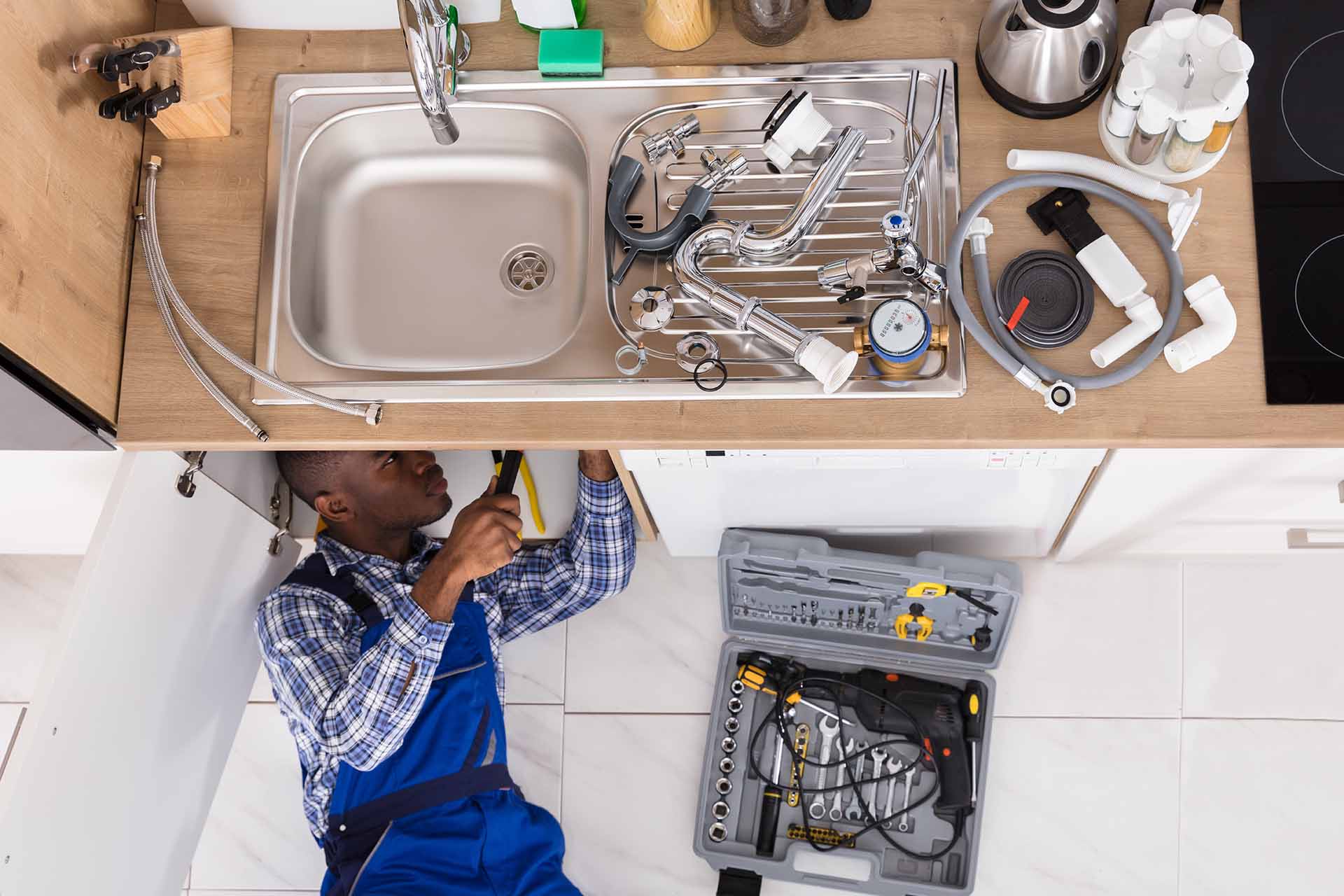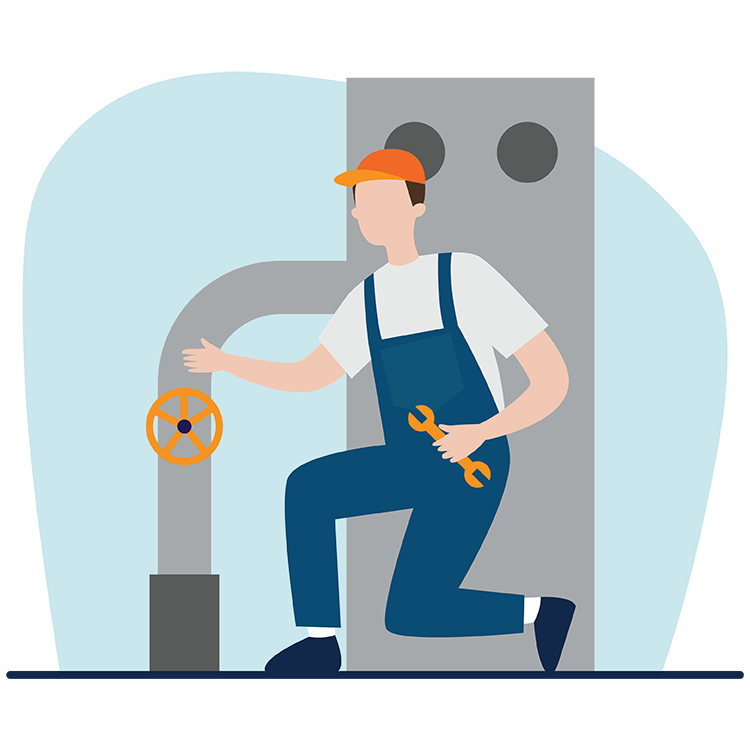Comprehensive Plumbing Alabaster AL Solutions for Your Home
Comprehensive Plumbing Alabaster AL Solutions for Your Home
Blog Article
A Step-by-Step Overview to Reliable Water Heating Unit Setup for Optimal Efficiency
Getting started on the task of mounting a water heater is a venture that requires precision and a methodical strategy for achieving ideal efficiency. As you proceed, the ins and outs of attaching water supply lines and setting up trusted electrical or gas connections wait for, encouraging insights into making certain efficiency and dependability.
Selecting the Right Water Heating System

Following, take into consideration the size and capability of the hot water heater. It's essential to assess your home's warm water demands, which can differ based upon the number of residents and their usage patterns. A system that's also tiny may result in inadequate warm water, while an extra-large version could result in unnecessary energy usage.
Effectiveness rankings also play a pivotal role in choice. Try to find hot water heater with high Power Variable (EF) rankings, showing superior performance and reduced energy usage. Tankless models, though usually a lot more pricey ahead of time, deal substantial energy cost savings in time because of their on-demand home heating capacities.
Preparing the Setup Area
Before mounting a new water heating system, precise prep work of the installation location is important. It's crucial to determine the room very carefully to accommodate the water heating unit's measurements, guaranteeing ample clearance around the system for reliable operation and maintenance.
Next, eliminate any kind of particles, dust, or obstructions from the site to develop a tidy setting. Check the floor for stability, as the water heating unit will certainly require a strong, degree surface area to operate effectively. If needed, set up a drip frying pan under the unit to catch potential leaks or spills, avoiding water damage to the surrounding location. In areas vulnerable to seismic task, take into consideration mounting seismic bands to safeguard the heating system strongly in place.
Additionally, guarantee that all required tools and materials are on hand prior to commencing the installment. This consists of things such as wrenches, screwdrivers, a degree, and any type of extra hardware required for securing the heater and mounting. A well-prepared installment location sets the foundation for a successful hot water heater configuration, enhancing performance and security.
Connecting Water Lines
When connecting water supply lines to your freshly installed water heater, it is vital to make sure that all links are safe and leak-free to maintain effective operation and stop water damages. Begin by determining the chilly and hot water system lines. The cold water inlet is usually noted with a blue tag or a "C", while the hot water outlet is marked with a red navigate to this site tag or an "H".
Usage versatile hot water heater connectors to help with a simpler installation procedure. These adapters can soak up resonance and permit mild motion, reducing the risk of leakages. Before connecting the connectors, position a plumber's tape around the threaded ends of the hot water heater's inlet and outlet pipes - Plumbing Services Alabaster AL. This tape serves as a sealer, avoiding leaks. Thoroughly link the flexible hose pipes to the corresponding inlet and outlet, making certain that they are not over-tightened yet limited, which could damage the threads.
When links remain in area, slowly activate the main water system shutoff. Evaluate each link for leaks by visually checking and really feeling for moisture. Tighten links as necessary, and make sure the stress alleviation valve is properly installed, protecting against extreme pressure build-up.
Setting Up Electrical or Gas Connections
Correctly setting up the electrical or gas connections for your water heater is an important step to guarantee safe and effective operation. For electric water heaters, begin by verifying that the electrical circuit is compatible with the heater's voltage and amperage requirements. Ensure the power supply is turned off at the breaker to protect against crashes. Attach the electric cables to the heating unit complying with the producer's wiring diagram. Typically, this entails attaching the ground cable to the eco-friendly terminal, and the staying wires to their corresponding terminals, securing each with wire nuts.
For gas hot water heater, safety and security is paramount. Confirm that the gas supply is off prior to continuing. Link the gas line to the water heating unit using an adaptable gas adapter, ensuring it is properly threaded and secured with pipe joint substance or Teflon tape appropriate for gas connections. Tighten the connections with a wrench, taking treatment not to over-tighten (Plumbing Alabaster AL).
When links are made, examine for any kind of prospective leakages. For gas lines, use a soapy water option to the joints; bubbles indicate a leak. For electric links, confirm that all wiring is safe and correctly shielded, maintaining conformity with local electrical codes.
Changing and checking for Performance
With the electrical and gas links firmly in location, the next step is evaluating the operational performance of your water heating unit. Begin by very carefully turning on the water supply and ensuring there are no leakages at any of the joints or shutoffs.
Following, execute a thorough inspection to make certain the heating elements or burner next page are working correctly. For electrical heating units, utilize a multimeter to validate if the aspects are drawing the ideal present. In gas models, observe the heater flame; it should be blue and constant, indicating reliable combustion.
Readjust the settings as essential to get rid of inefficiencies. Take into consideration executing insulation procedures, such as adding a water heating system blanket, to additionally enhance efficiency by minimizing warm loss. Additionally, inspect the anode pole's condition, as a tatty rod can lower efficiency and bring about tank rust.
Conclusion
Efficient water heater setup is important for making certain optimum efficiency and power savings. Safely linking water supply lines and thoroughly setting up electric or gas links lessen possible concerns.

Properly setting up the electrical or gas connections for your water heating system is an important action to ensure effective and risk-free procedure. For electrical water heaters, begin by validating that the electric circuit is compatible with the heater's voltage and amperage demands. Attach the gas line to the water heater using a flexible gas port, guaranteeing it is effectively threaded and sealed with pipeline joint substance or Teflon tape appropriate for gas links.
Report this page